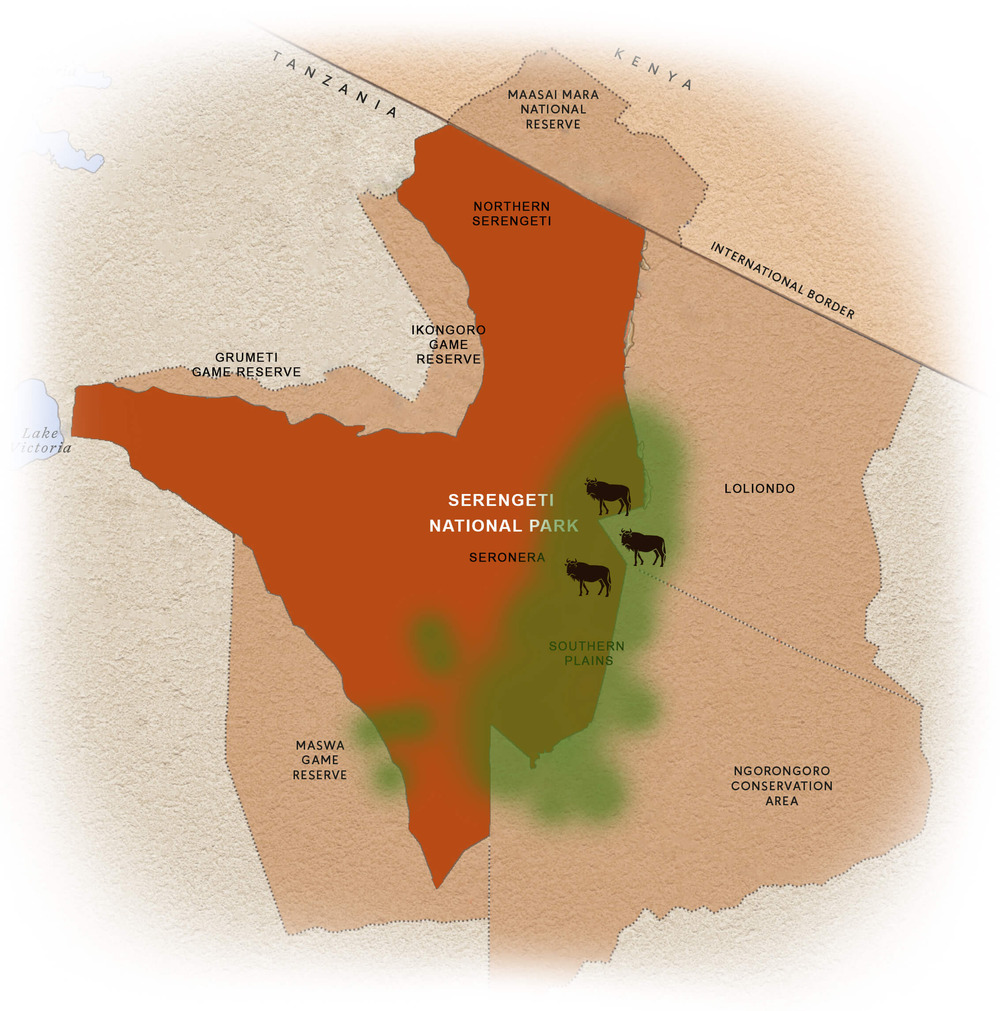Every year, millions of wildebeests, zebras, antelopes, gazelles, elands, and impalas move through a fairly predictable clockwise movement around the Serengeti-Masai Mara ecosystem in search for better grazing and fresh water. Although their every movement depends on the rainfall patterns, this map will allow you to peek through the flux of the famous Great Wildebeest Migration.
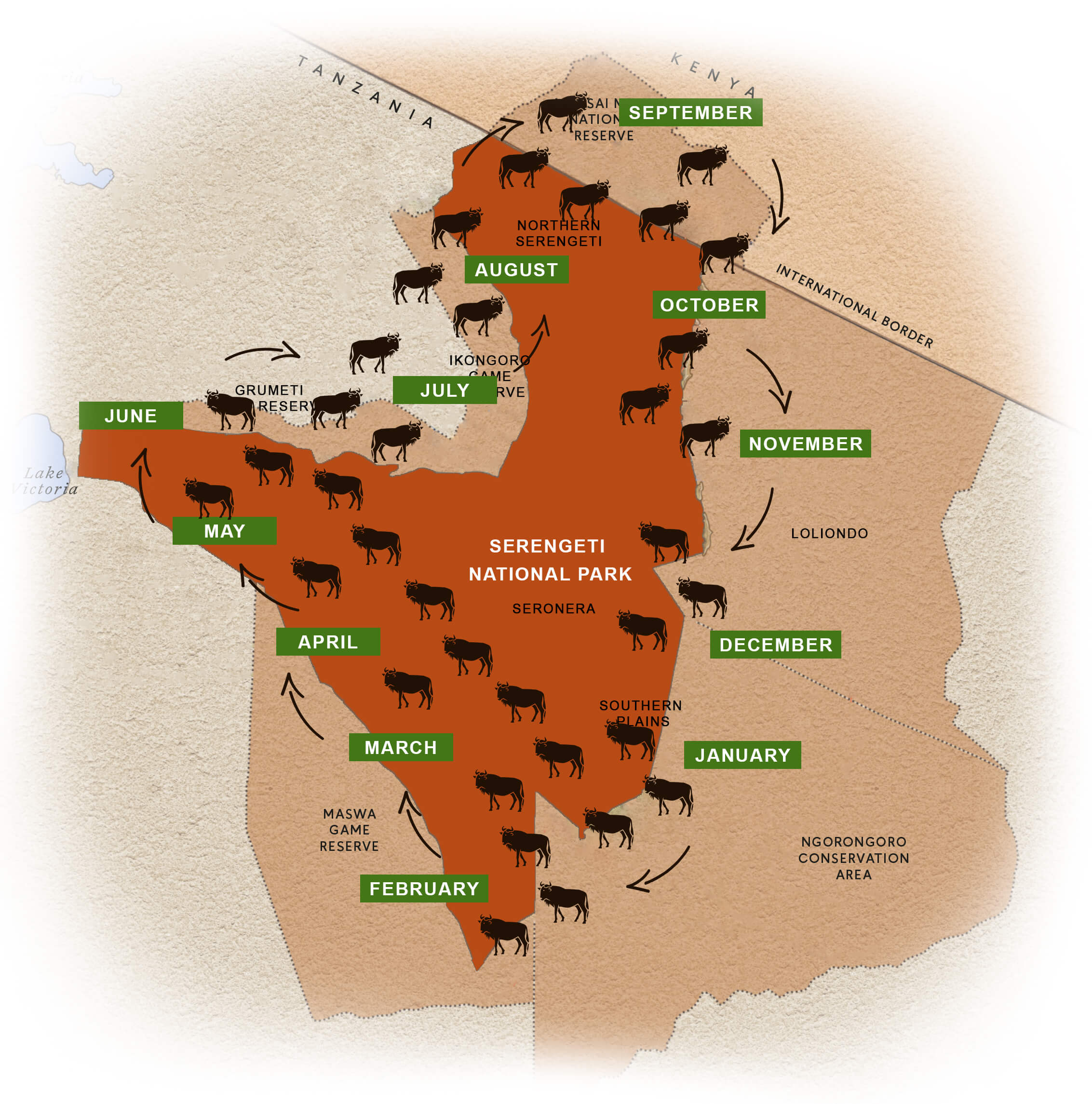
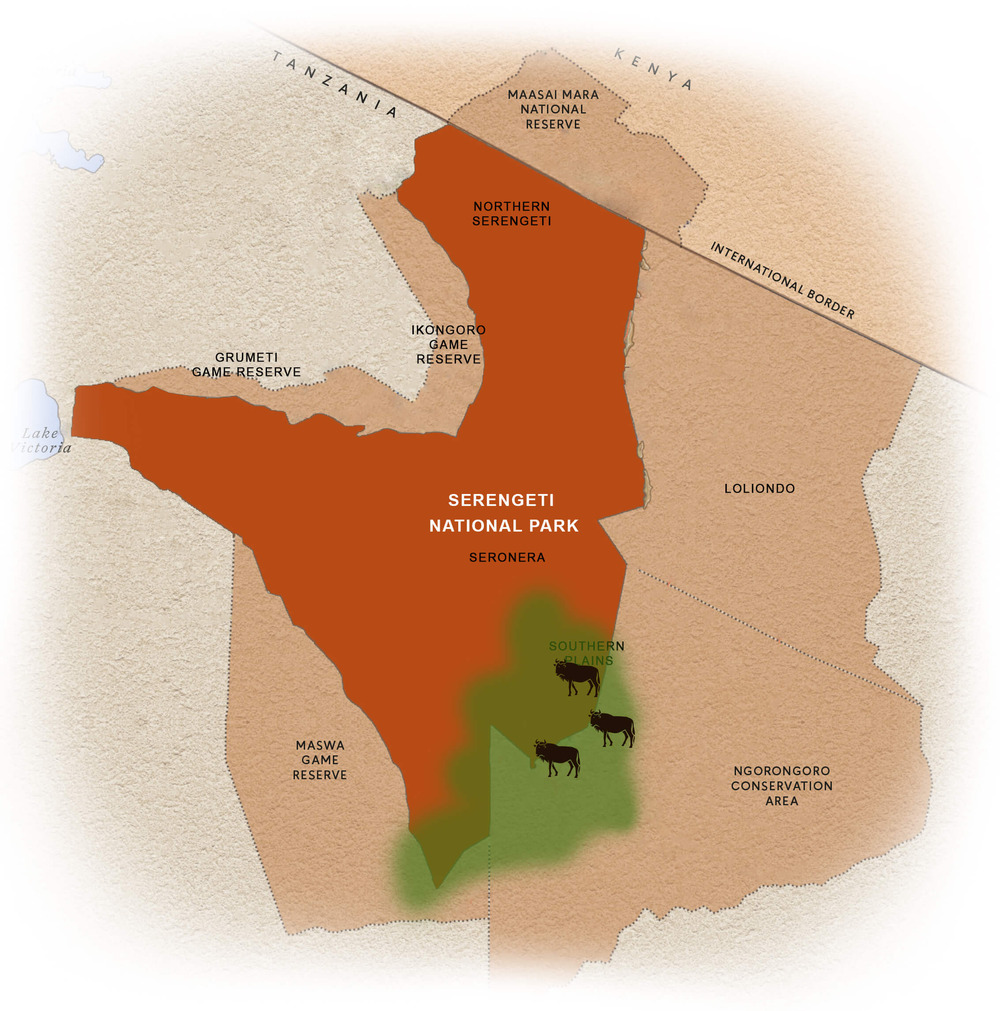
The herds are on the short grass plains of southern Serengeti, Ndutu area and the northern part of the Ngorongoro Conservation Area in Tanzania. By the end of the month, the calving season begins. Approximately 8,000 wildebeests are born every day during the height of this season. With thousands of feeble calves, predators are at large while adult wildebeests protect their young.
The calving season continues. You can see mother wildebeests making some sort of a barricade around their young to protect from large opportunists like lions, hyenas, and cheetahs. You can also see baby wildebeests taking off just minutes after being born and even little cubs being trained by adult lions to make a kill. This season is certainly one for the books — lots of action, lots of drama, lots of wonders.

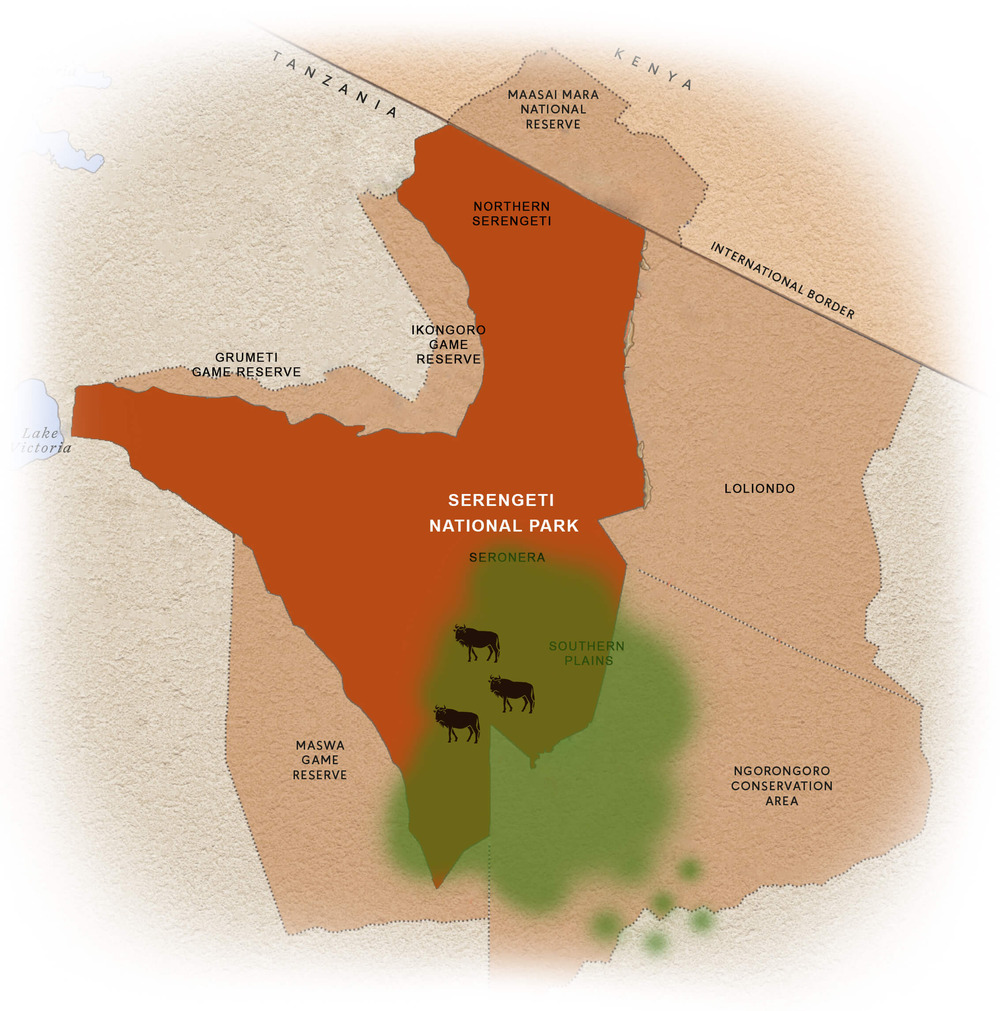
The wildebeest herds start to move northward to seek fresh grazing and water. Some have left early and are already in the central and western regions of the Serengeti.
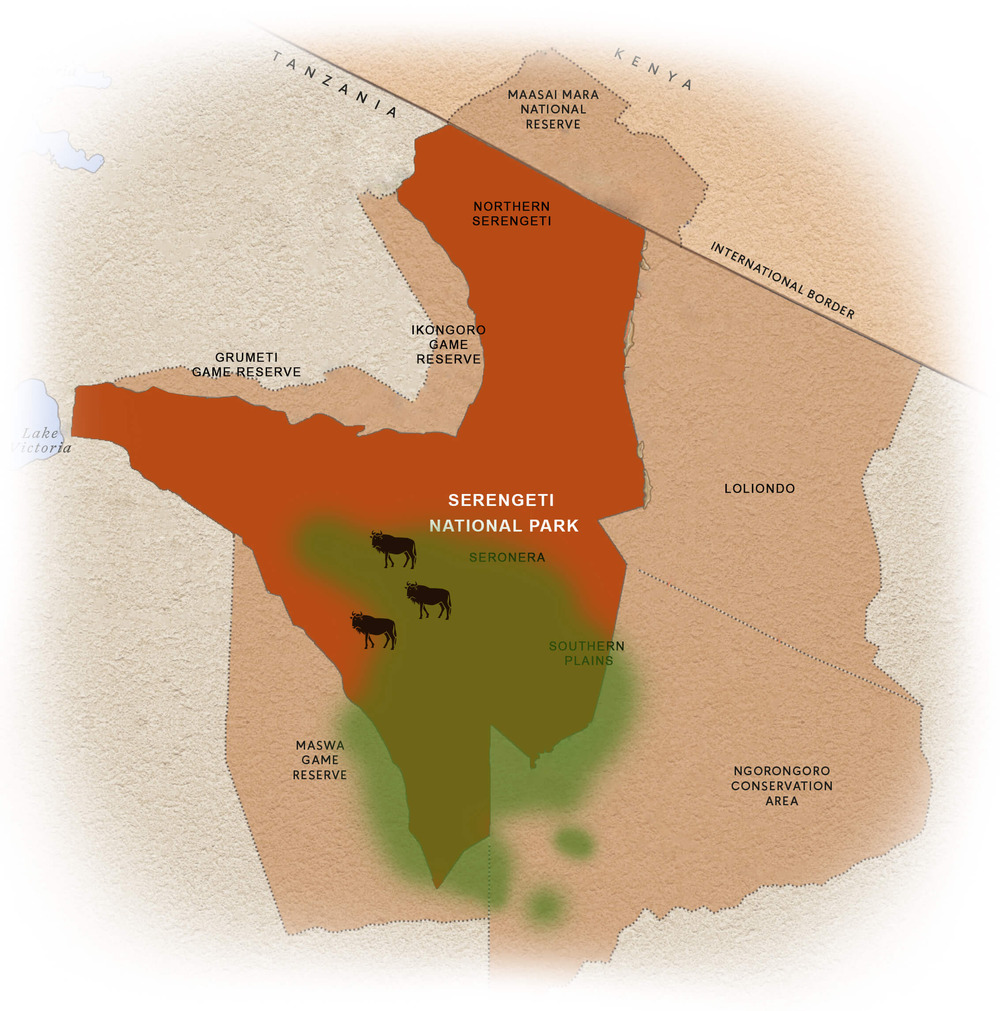
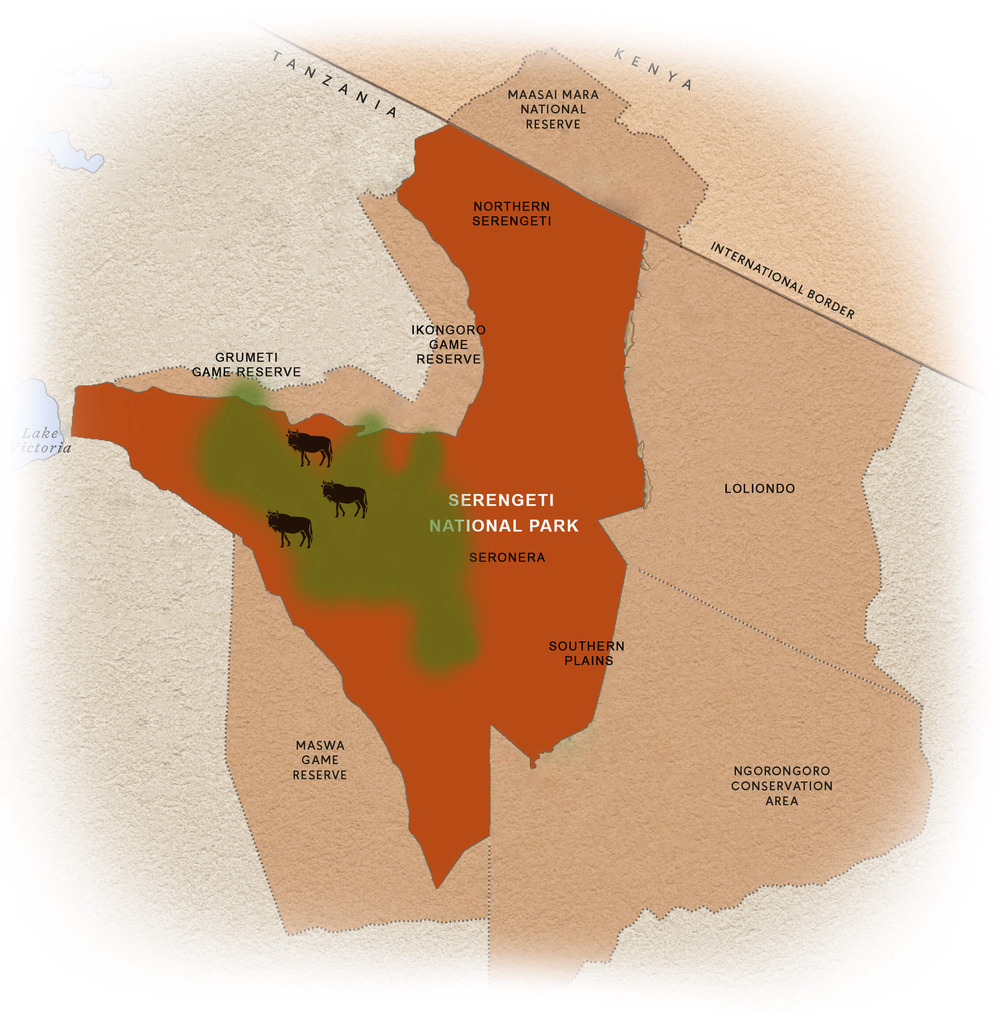
The migration usually slows down as herds reach the south side of the Grumeti River. They congregate around the Western Corridor where they pile up to cross the series of pools and channels. Large crocodiles await as they do so, but since the river is not continuous, the crossing is not usually as bloody and challenging as the one they’re about to face on their journey further north.
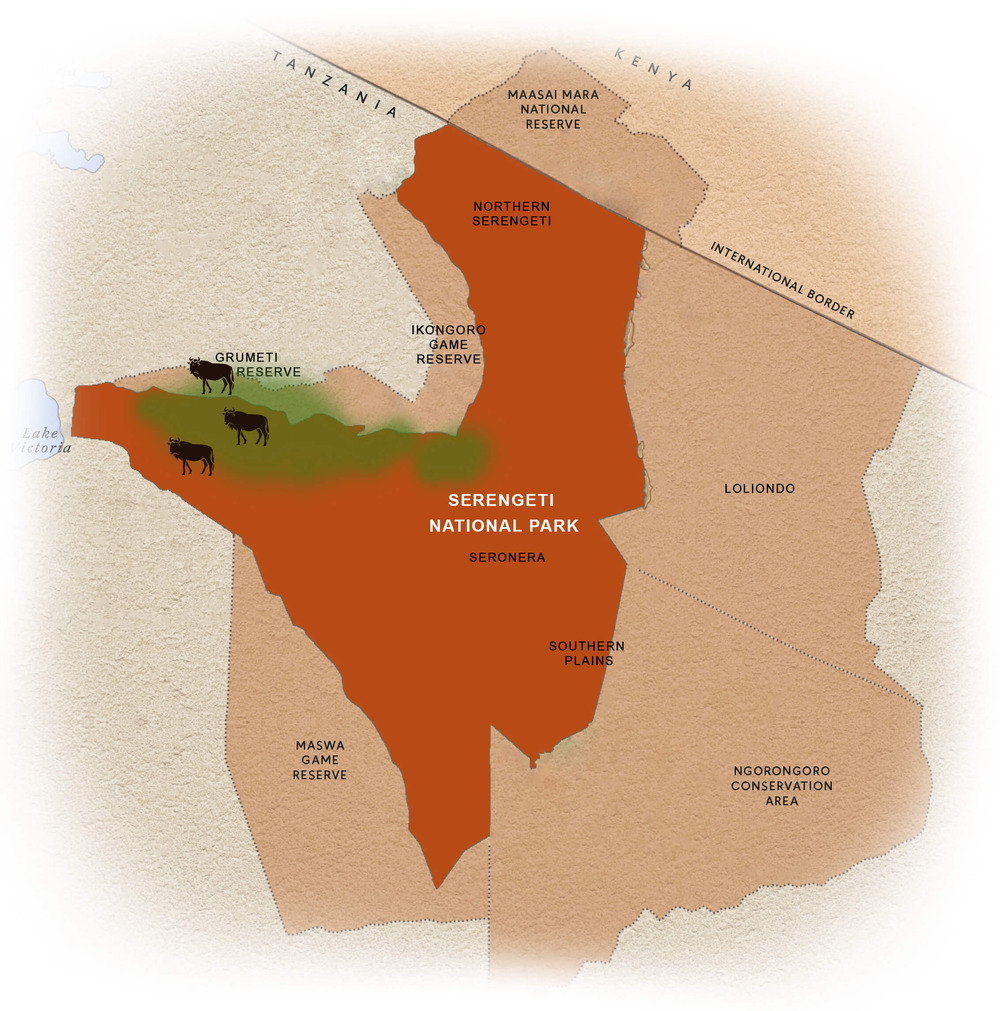
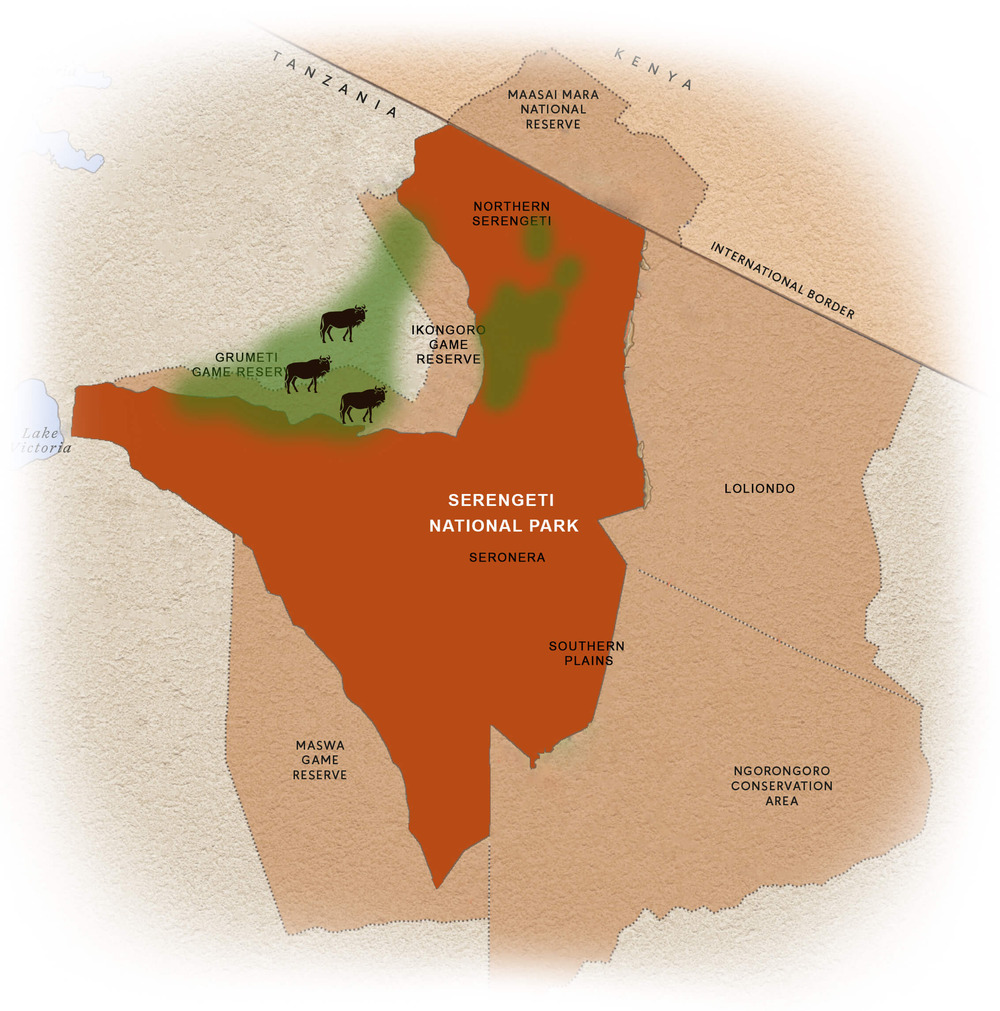
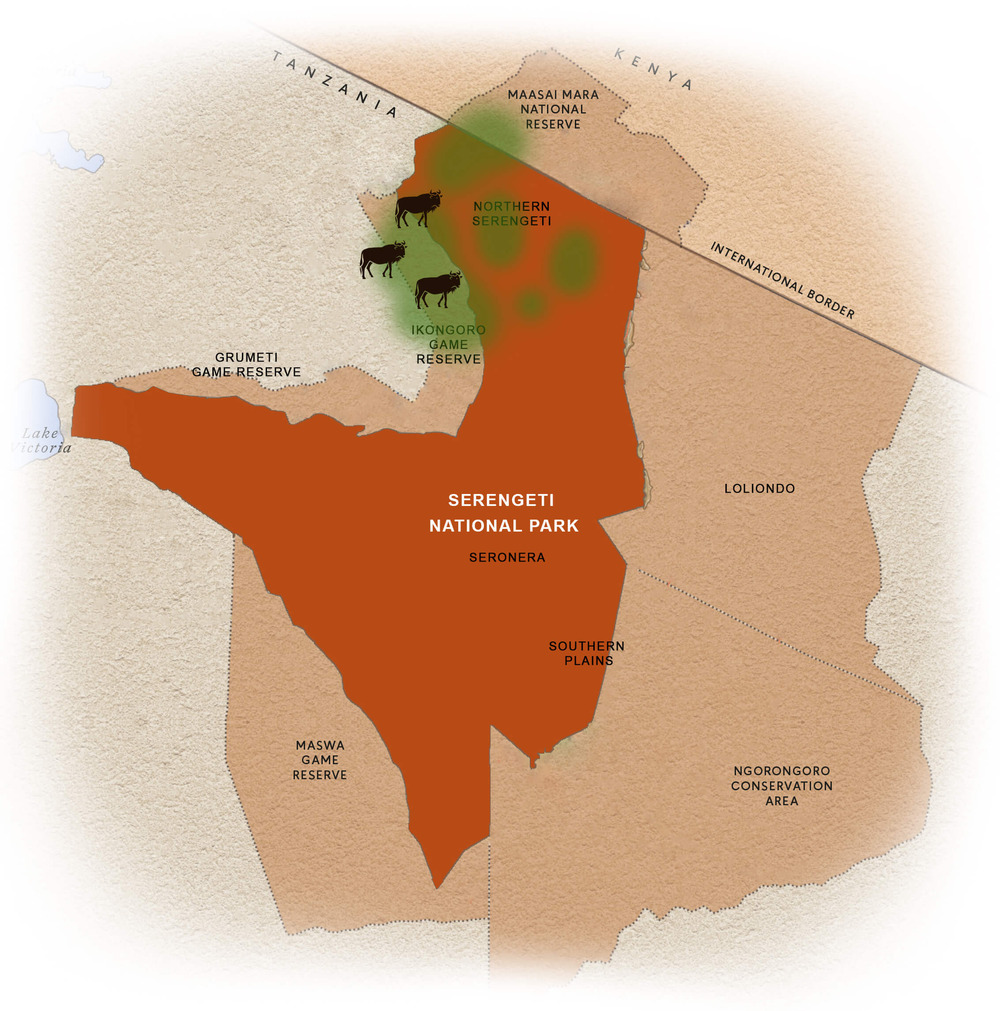
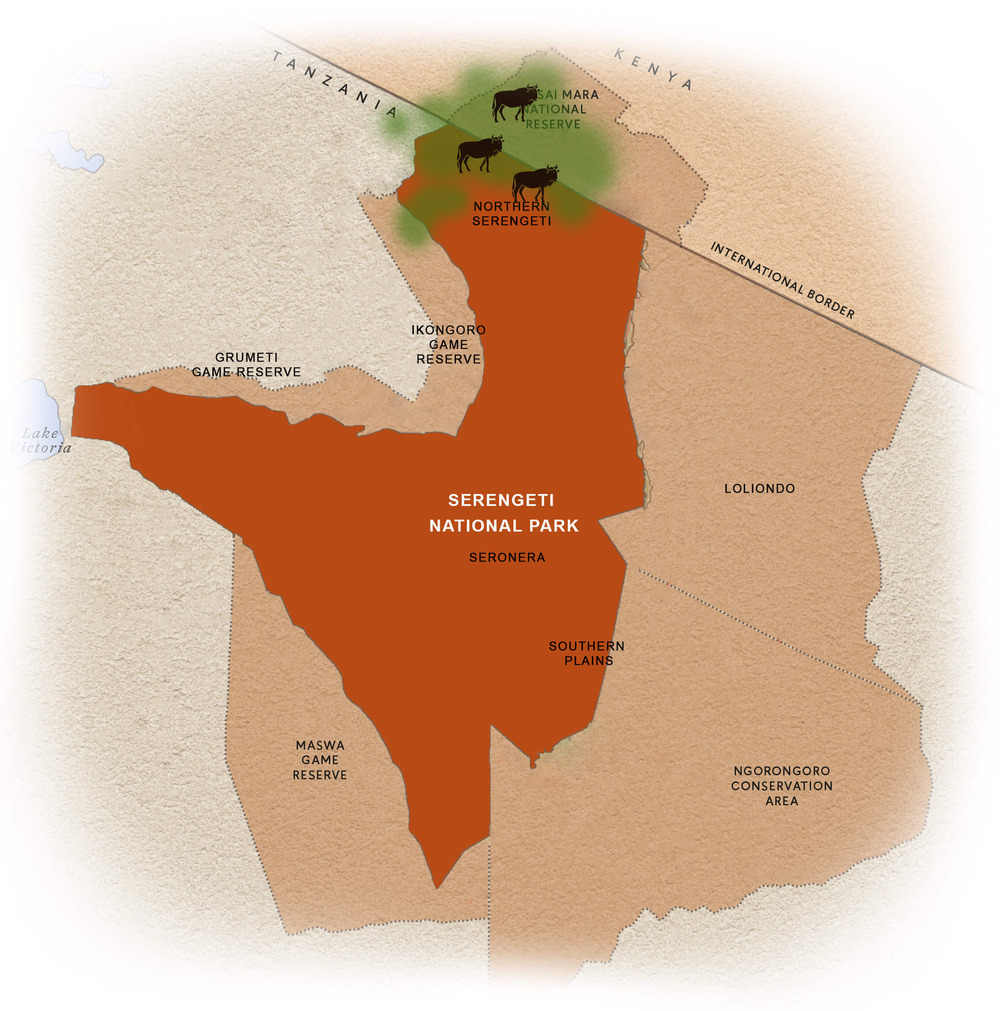
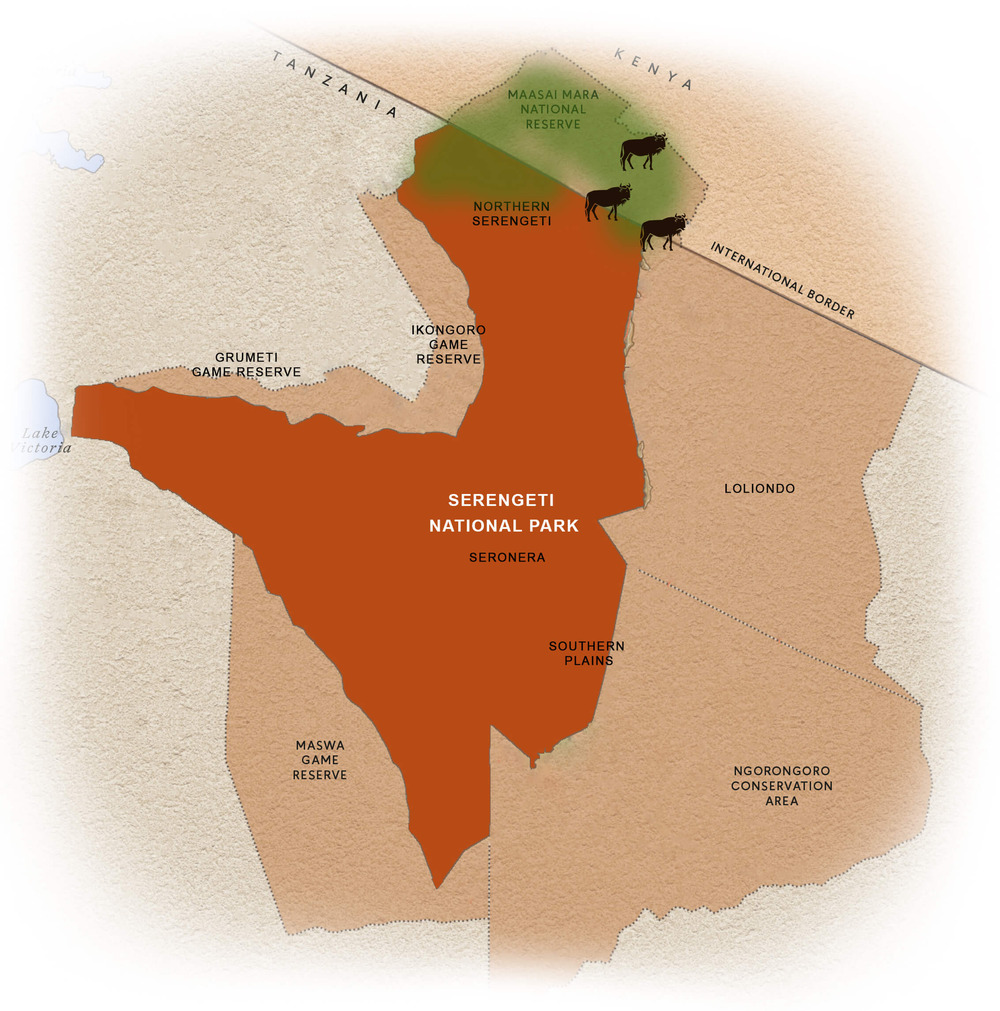
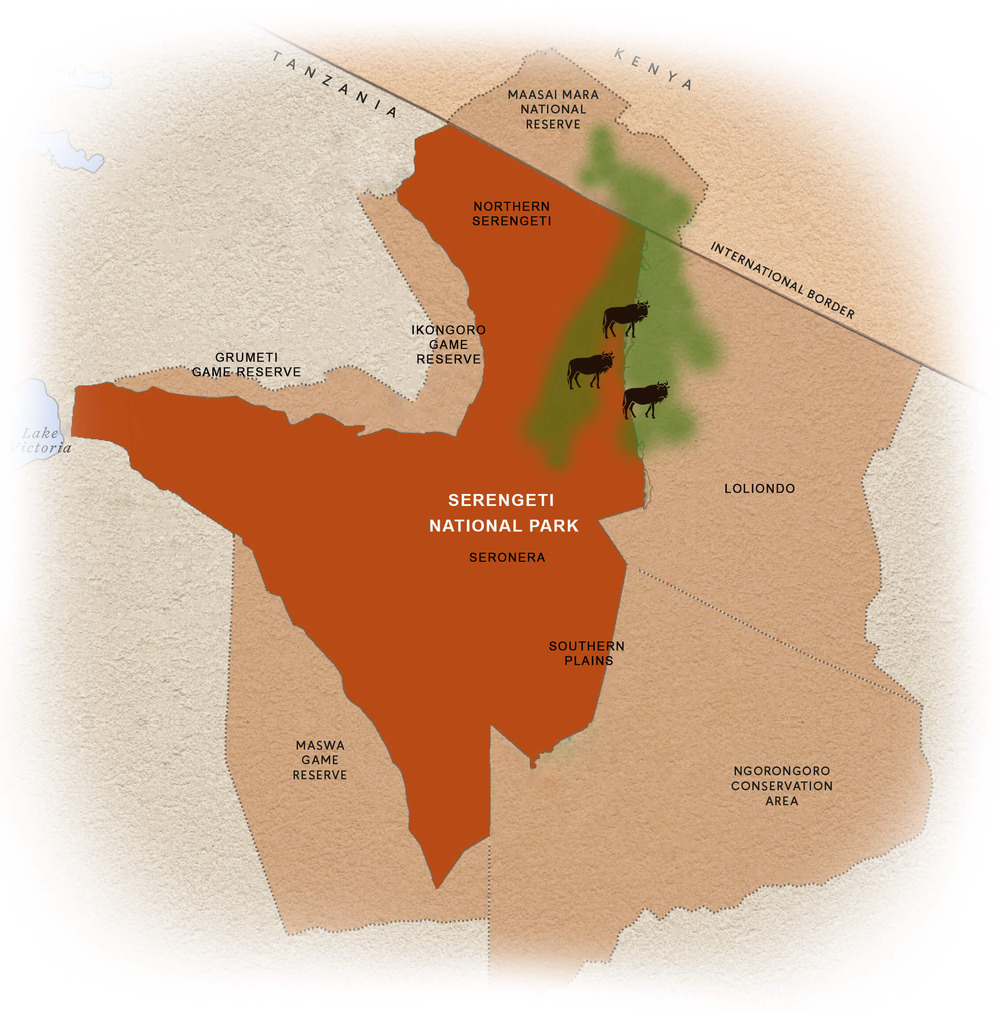
The herds cluster around the northeastern and southern regions of the Serengeti. They all disperse through the plains and feed on fresh grasses as the calving season creeps up and the cycle begins again.
